Organisational Challenges!
- Par Dilian WELLENG
- 19 juil. 2023 12:05
- 0 Likes
The complexities of organizing the 2026 World Cup in three countries with 48 teams particularly lie on the transportation and coordination among the hosts.
The 2026 edition of the World Cup will be held in the United States of America, Canada and Mexico, marking the first time the tournament will be hosted by three different countries. The last and only World Cup so far to have had more than one host nation was Japan and South Korea in 2002. There were reportedly so many rows between the two about who hosted which matches and other issues that stakeholders at that time realized that co-hosting a world cup was not a simple task. Yet, here we are with not just two but three host countries in 2026 and with an expanded format of 48 teams. The US is the main host. According to reports, the country will host the greatest number of matches. In all, the competition will be held in 16 cities; 11 in the USA, three in Mexico and two in Canada.
It sounds very interesting to know that three nations will be involved and will rip from the benefits of organizing the highest football competition in the world. But it goes beyond this and requires extra efforts to make the event memorable at the level of the organization. Three different countries mean that attention will be split into three and that there should be a rich transportation scheme and coordination between the three hosts.
With an increase in the number of teams to 48, it means more matches and more competition days. It equally means that teams, fans, the media and logistics will not only have to move from one town to the other but from one coun...
Cet article complet est réservé aux abonnés
Déjà abonné ? Identifiez-vous >
Accédez en illimité à Cameroon Tribune Digital à partir de 26250 FCFA
Je M'abonne1 minute suffit pour vous abonner à Cameroon Tribune Digital !
- Votre numéro spécial cameroon-tribune en version numérique
- Des encarts
- Des appels d'offres exclusives
- D'avant-première (accès 24h avant la publication)
- Des éditions consultables sur tous supports (smartphone, tablettes, PC)






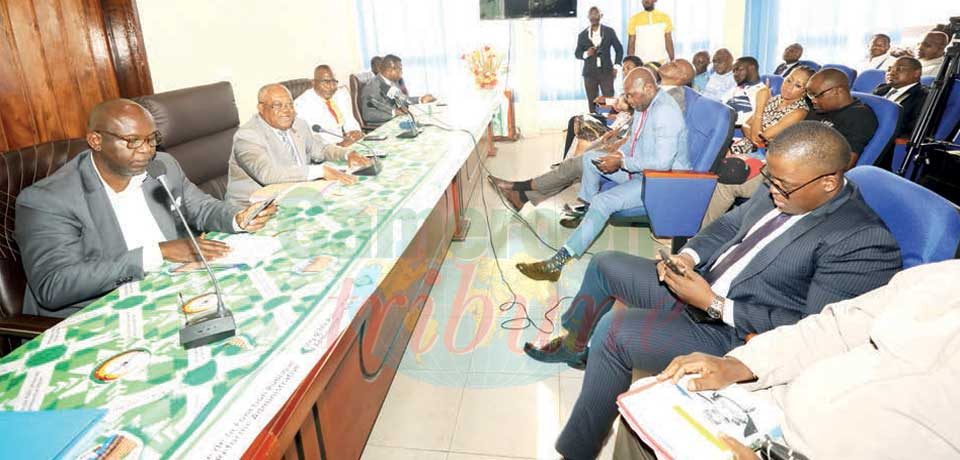
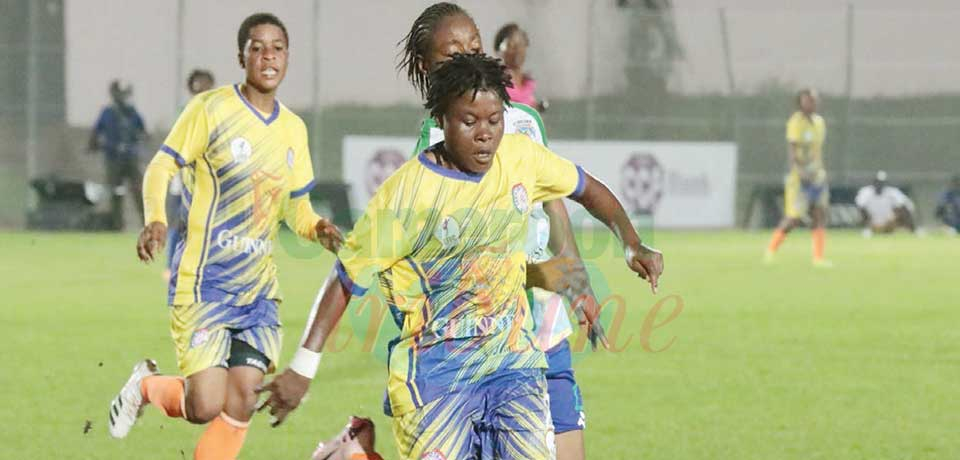

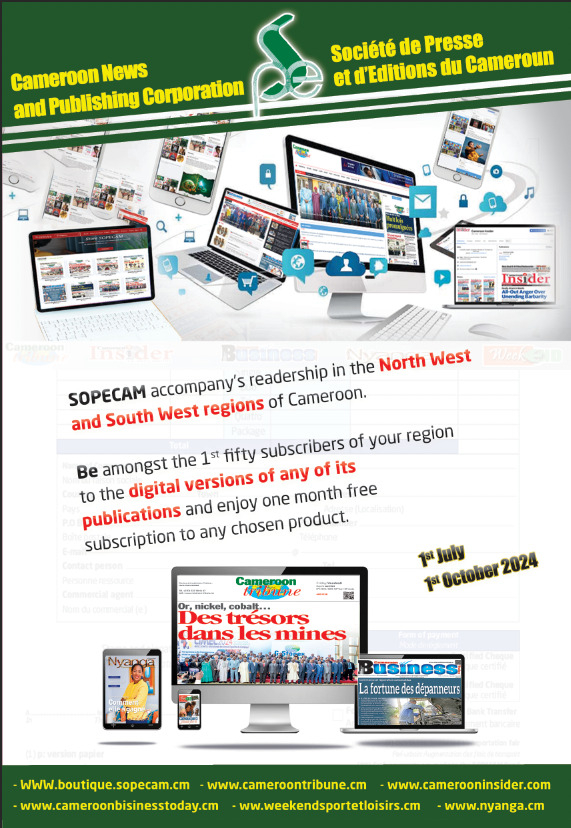
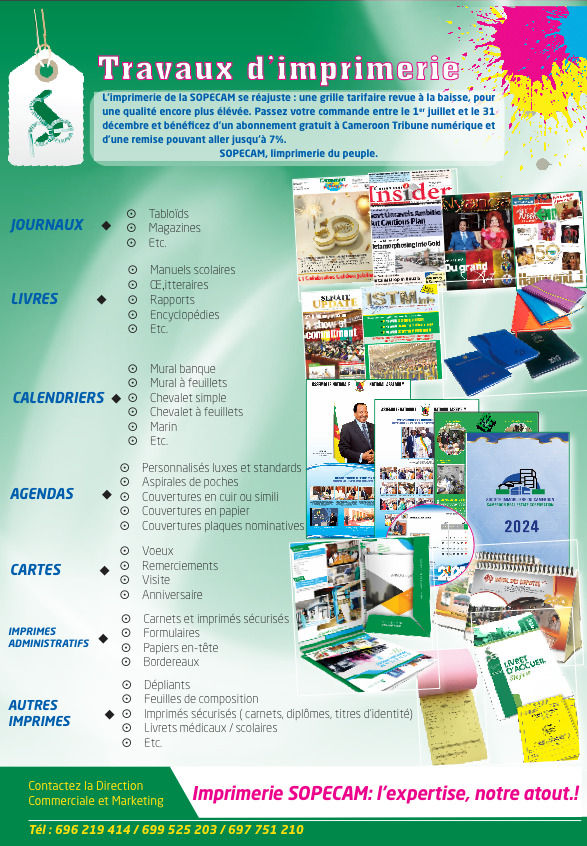
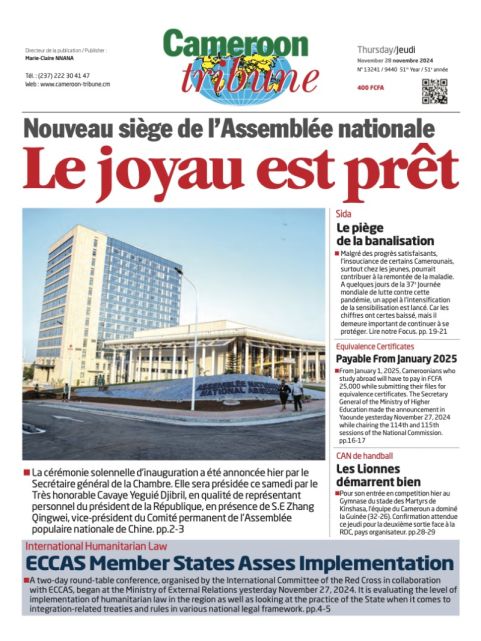




Commentaires